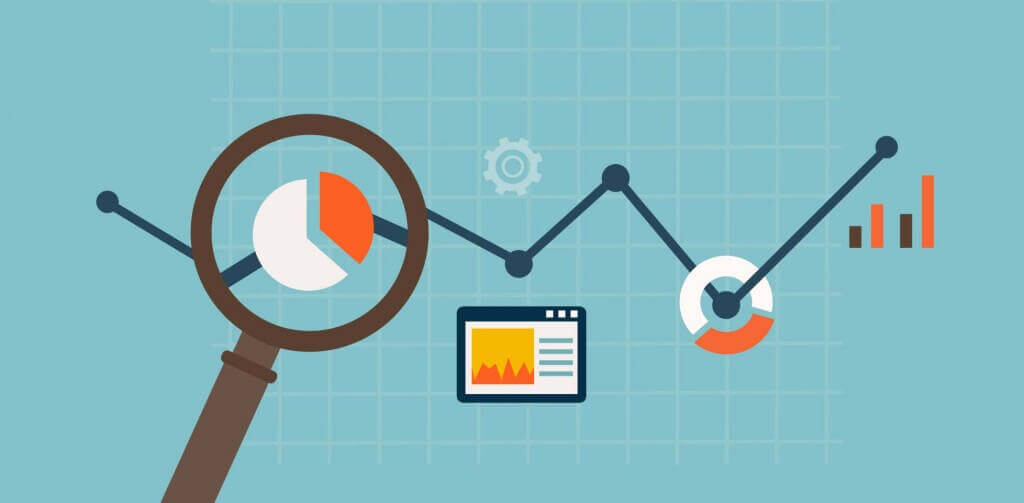
Until recently, hotel owners and managers have been limited to using historical data to predict future performance. Hoteliers have depended on occupancy as the gold standard for revenue generation.
NB: This is an article by RainMaker
If a property had a high occupancy for a certain time frame, then it’s assumed that they’d also have a high occupancy for the period in the future. Theoretically, increased occupancy should directly translate to increased revenue. In today’s world of dynamic pricing, relying too heavily on occupancy alone is an overly simplistic method of managing revenue.
Historically-based, occupancy-focused forecasting is only a small portion of total profitability. In general, hotels are selling more rooms than ever. However, ask any revenue manager or owner about profitability and they’ll tell you that it’s not what it should be considering their occupancy rates. In fact, we’ve seen how a hotel with a lower occupancy can be more profitable than one that is sold out depending upon how they price their rooms and manage costs. In order for a property to sell out, they may have to use OTAs and other discounts which drives down their net profit. Worse still, if a property is oversold to the point where ancillary departments are overwhelmed, they may end up tarnishing their reputation with negative reviews from frustrated guests.
Predictive Analytics Give The Total Picture
A solid revenue management strategy is built on generating the maximum amount of revenue from each guest, not just increasing occupancy. Given all the data that’s being generated by hotels and their guests, it’s easy to conclude that hotels aren’t using the available information to their utmost advantage. In order to do that, the revenue management team must use predictive analytics in order to dynamically price rooms and ancillary services for maximum profit.
Predictive analytics uses forward facing pricing variables plus historical data to give a holistic picture of a property’s anticipated performance. Information is gathered from multiple sources including booking inquiries, customer reviews, comp sets, upcoming event calendars, and historical demand trends (to name a few). This data is then used to generate the most ideal room rate.
On the cost side of the equation, labor optimization has a huge impact on a property’s bottom line. Predictive analytics can determine the costs in goods and labor to a property given their anticipated future volume. This ensures that the hotel property is equipped and staffed efficiently while avoiding any dreaded negative customer experiences from being understaffed.
Somewhere in the mix of occupancy, future booking trends, and other variables lies the ideal rate for each particular room. Modern, forward looking data reports provide crucial insight into each property’s specific market demand. Better yet, the ability to integrate customer data into forecasting reports allows hotels the ability to customize guest experiences on every level, not just rate shopping.
As hotels are able to use more forward looking data, they’ll be better positioned to dynamically price rooms in real time and enhance the guest experience. A high powered, predictive RMS is the most critical component to each property’s ability to use data to their most profitable advantage. If your RMS isn’t helping you stay on top of accurately predicting demand and pricing, it’s time to make a change.




